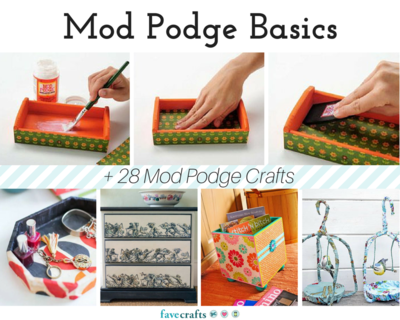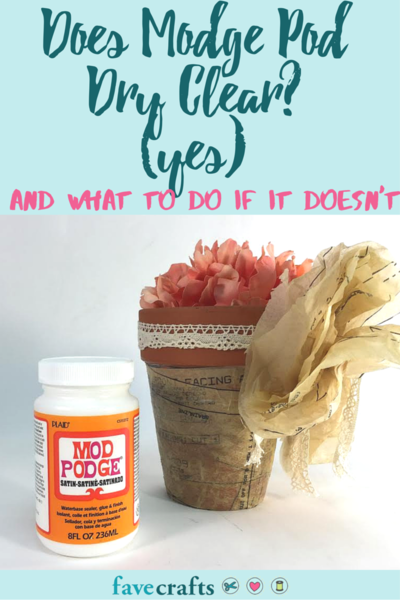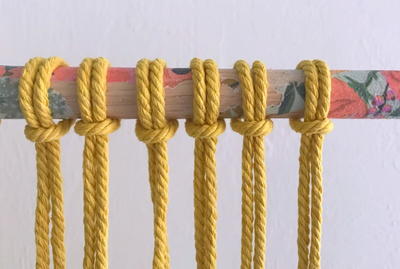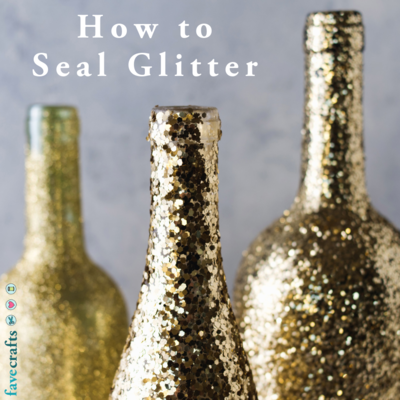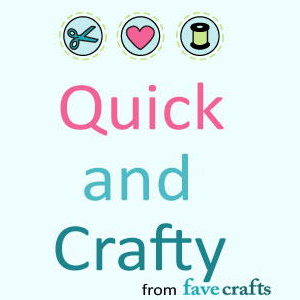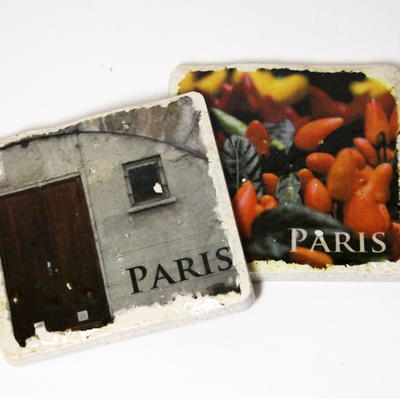Mulberry Paper
Mulberry Paper is often used as an accent or part of a layered effect in collage, scrapbooking, rubber stamping and other paper arts. It is also a beautiful and unique paper for bookbinding. These tips from Maria Nerius will help you get started.
-
A highly fibered paper in which you can see thick and thin raw fibers running through the paper giving it a sweet textured look and feel. Mulberry is derived from kozo fibers and is somewhat absorbent depending on the quality of the pulp.
-
Use the wispy, fuzzy nature of this paper to enhance a design. Use your imagination to create a fluffy beard for Santa, delicate butterfly wing, wispy center of a flower, or splashy wave of water.
-
Mulberry paper is considered elegant, classy, and upscale while being earthy and full of texture.
-
White or light colored Mulberry can be watercolored. Place the paper on an absorbent surface and brush strokes of watercolor paint over the surface. For extra fun, sprinkle a little salt over the wet paint for a starburst effect. Allow the paint to dry and brush salt off. You can also “watercolor” with your markers.
-
You can easily ink any Mulberry sheet. You can give it overall color by using the inkpad directly to the paper or by using a rubberstamp to ink patterns onto the paper. You can sponge and brayer ink onto the paper also.
-
Mulberry is perfect for framing, matting, layering and background construction. Mix it up with other types of papers. Mulberry can soften a design and add a touch of sophistication.
-
You can print on your mulberry paper using a printer. Run a test using regular or copier paper mode. If you paper is not standard size (8 ½ x 11), then temporarily adhere it to a sheet of copier paper. Works best on light colored mulberry.
-
If you like making your own handmade papers, add a scrap or two of mulberry paper to the pulp. Rip or cut mulberry scrap into small pieces before adding to the blender so the mulberry fibers don’t wrap around your blades. You’ll get texture and bold fiber in your handmade paper.
-
Usually lightweight, flexible, and pliable, but some brands do come thicker or contains enough sizing to make that sheet stiff. You can manipulate this type of paper in almost every way including cutting, rolling, layering, shaping, die cutting, dying, inking, chalking, sewing and gluing. However, due to the thick fibers, mulberry isn’t the best choice for folding projects like origami.
Read NextHow to Seal Glitter

